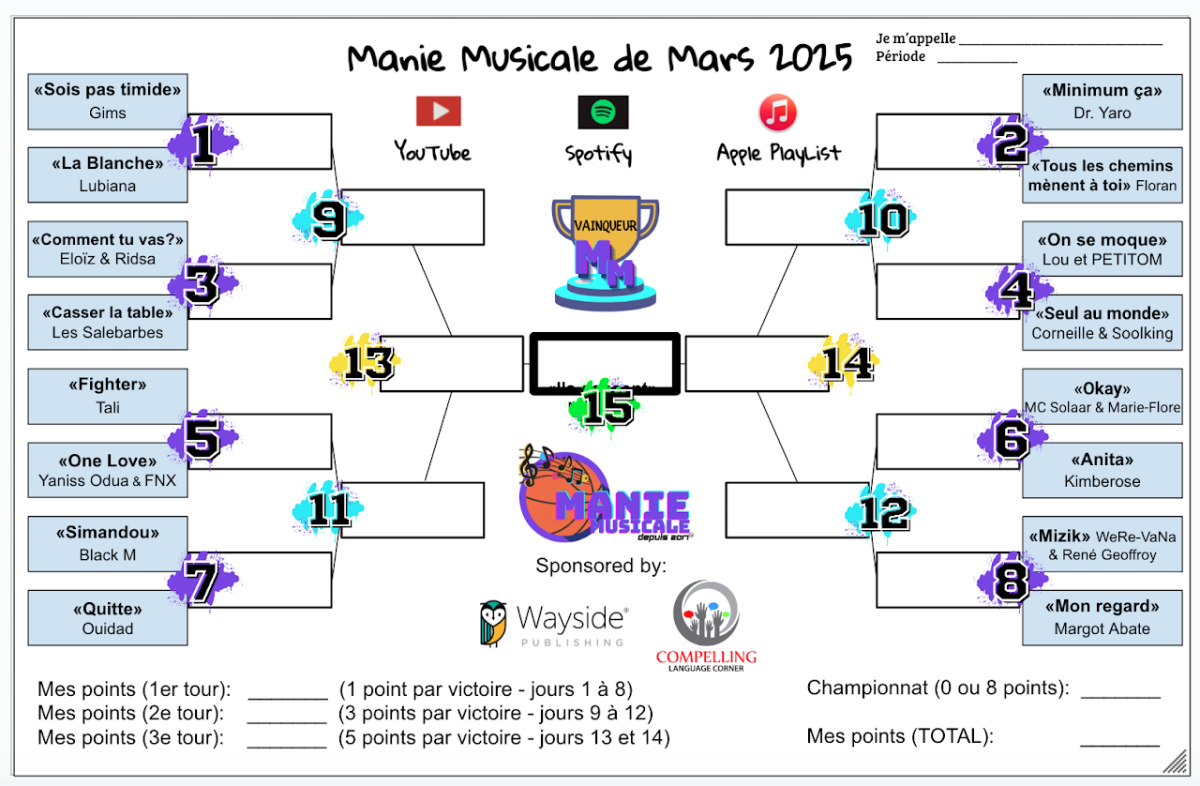At any given moment, small space objects could be orbiting Earth without anyone knowing. For larger objects however, NASA and other space agencies can observe them before the asteroid starts its orbit. These large “mini moons” or “Near Earth Objects (NEOs)” as they’re called, are rare and often leave soon after their arrival. Earth’s new friend will be staying over for about two months before going in a heliocentric orbit.
On September 29, Earth gained a second moon. While this mini moon isn’t going to stay for very long, it is exciting that this space rock is captured in Earth’s orbit. Once it departs, it will start its very own heliocentric orbit- an orbit around the sun. 2024 PT5, the new moon, originally comes from the Arjuna asteroid belt which follows a similar heliocentric orbit to Earth. As a result, Earth sometimes gains moons from this asteroid belt.
Earth capturing space objects is not a rare event, 2024 PT5 is different as it is about the size of a school bus whereas normal orbiting objects are much smaller. According to Barbara Castanheira Endl: “It’s possible that an asteroid of the size of a dishwasher is orbiting our planet at any given time and we don’t even notice it.”
Although 2024 PT5 seems large, that does not mean it can be observed by the human eye. To catch a glimpse of the mini moon, one must have a 30-inch telescope. Luckily, there’s no need to go window shopping for telescopes because the UNH Observatory is holding three public sessions throughout 2024 PT5’s visit.













